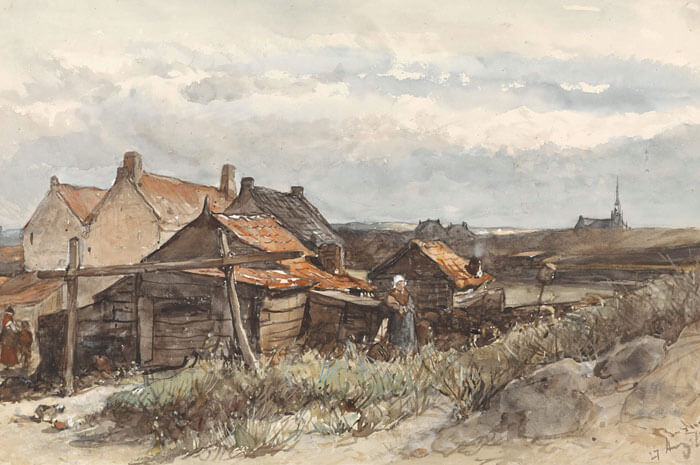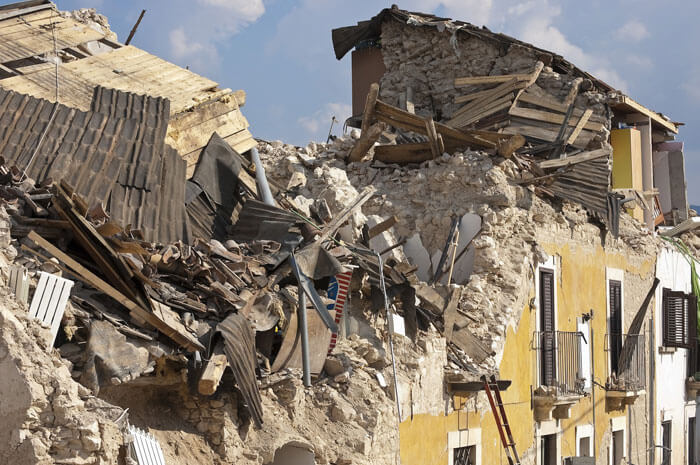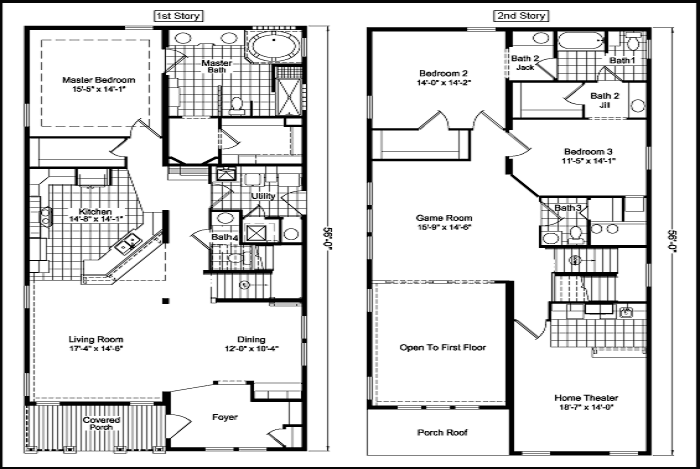From lighting to composition, the tools and techniques available to architects have transformed this craft into a method of storytelling in its own right. We’ll walk you through four of the most well-known visualization styles that have defined the evolution of architecture. Whether it’s a watercolor rendering or 3D visualization, it’s got good reason to be on this list.
Introduction Architectural rendering is also known as architectural visualization or architectural illustration. It is a process that involves the creation of images (photorealistic or not) in 2D or 3D to display how structures will look upon completion. This is done before the structures have been built. The two primary categories of architectural renderings are “design study” (initial concept of a proposed structure) and “presentation rendering” (a final design created for publication and exhibition). Architectural renderings have been referred to as far back as the 1st century BC by the Roman architect Vitruvius. However, renderings as we understand today did not emerge until the Renaissance. The realistic computer graphics we are familiar with began to be used in the late 20th century, largely replacing hand-drawn images. Here are the most iconic modern rendering styles that you can get from 3D rendering services. Watercolor Style
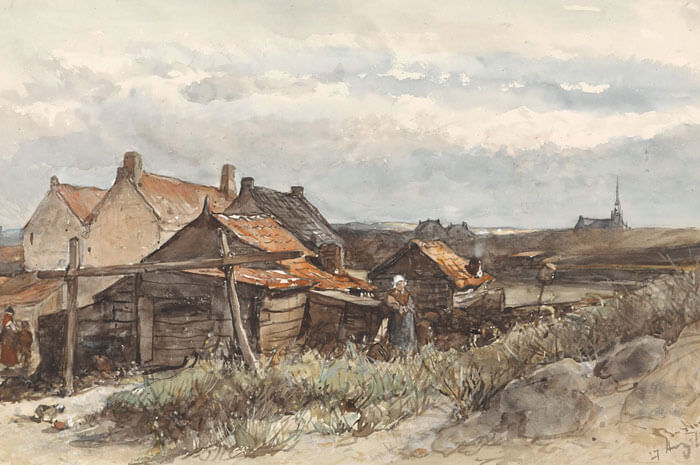 While this style can be created using actual watercolor paint, it has been adapted over the years to include stylistic CG architectural rendering as well. The beauty of this method is that its unique treatment of color, textures, lighting and shadow can transform a simple concept into an evocative, artistic image. The personalized feel of watercolor architectural visualization often leaves a mark on its audience. Therefore, people who see it remember how viewing the structure made them feel. How you portray the building through decorative elements and artistic embellishments can resonate with viewers in a way that no other rendering style can. Naturally, watercolor is heavily influenced by a desire to experiment with forms and techniques inspired by other art forms, such as graphic design and even comics. The expression in these artists’ use of line and color can be an excellent source of inspiration for any architect, and it often results in highly recognizable renderings.
While this style can be created using actual watercolor paint, it has been adapted over the years to include stylistic CG architectural rendering as well. The beauty of this method is that its unique treatment of color, textures, lighting and shadow can transform a simple concept into an evocative, artistic image. The personalized feel of watercolor architectural visualization often leaves a mark on its audience. Therefore, people who see it remember how viewing the structure made them feel. How you portray the building through decorative elements and artistic embellishments can resonate with viewers in a way that no other rendering style can. Naturally, watercolor is heavily influenced by a desire to experiment with forms and techniques inspired by other art forms, such as graphic design and even comics. The expression in these artists’ use of line and color can be an excellent source of inspiration for any architect, and it often results in highly recognizable renderings.
Semi-Realistic Style This is an imaginative combination of real and virtual elements that enhances the look of photorealistic renderings. Often, you’ll see semi-realistic architectural visualization used to achieve a dream-like vision that creates a specific atmosphere. This is a fantastic technique for panoramic views and dramatic backgrounds, because the right use of contrast and color can change the mood of the image. Some iterations are desaturated to create fierce tension and severity, whereas others use vivid colors to evoke a sense of awe and brilliance for the structure. The effect of this style is a believable yet otherworldly experience reminiscent of famous film genres like science fiction or mystery, reminding viewers that architecture is an art form.
Utopian Style This type of architectural rendering simulates the look of photography, but omits all the imperfections or irregularities that exist in real nature. The “flawlessness” of this style gives a “utopian” feel that is more idealistic than realistic. Some uses of utopian style opt for a luminous image, where the lighting is bright, to complement backgrounds that have been composed with a sense of extreme openness. This is a classic technique used to depict interiors meant to convey spaciousness, such as shopping centres and luxury hotels. In a natured-oriented style, an artist may use natural surroundings to augment the look and feel of the structure. Common scenery includes undisturbed snow banks, sunlit woods teeming with wildlife, and flowery meadows that stretch for miles. Though the building may not be situated in such a picturesque location in real life, these components sell the visual experience and the structure’s architectural excellence. Note that not all utopian styles are necessarily this explicit. Some renderings instead emphasize perfection in the details, such as spotlessly mapped textures, precise reflections, and uniform foliage. This gives an almost clinical feel that complements modernist or abstract architecture.
Real World Style As you might have guessed, real world style is the opposite of utopian style. Instead of eliminating the faults of the physical world, it strives to recreate them to give an impression of authenticity.
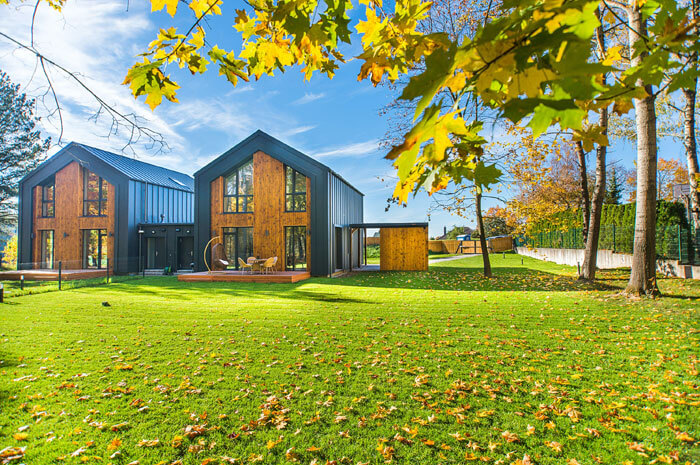
Credit: Vecislavas Popa, Pexels Natural lighting and a convincing color palette are the hallmarks of this form of architectural visualization. These are complemented by bumps and scratches on smooth surfaces and asymmetrical lines and shapes. The most true-to-style iterations go so far as to incorporate the effects of natural weathering and exposure to the elements. Conclusion And you’re up to date! If you’re inspired to use architectural rendering for your next project, lucky you, BluEntCAD, an architectural rendering company, is just a click away. With years of experience (we’ve been around since 2003), we are a trusted partner for many major homebuilders. Our highly skilled professionals use cutting-edge software to create photorealistic renderings. We work with each of our clients to determine which technique is best suited to their project. We serve homebuilders, real estate developers, interior designers, home renovators, and remodelers. Our specialty, of course, is 3D rendering. This includes exterior 3D rendering, interior rendering, architectural walkthroughs, and even furniture rendering. Ready to wow your client and attract investors with ? Contact us now!,

